✨ TonyWest.art: Explore a World of Intricate Art & Masterful Techniques! ✨
Our Collection of Art Books
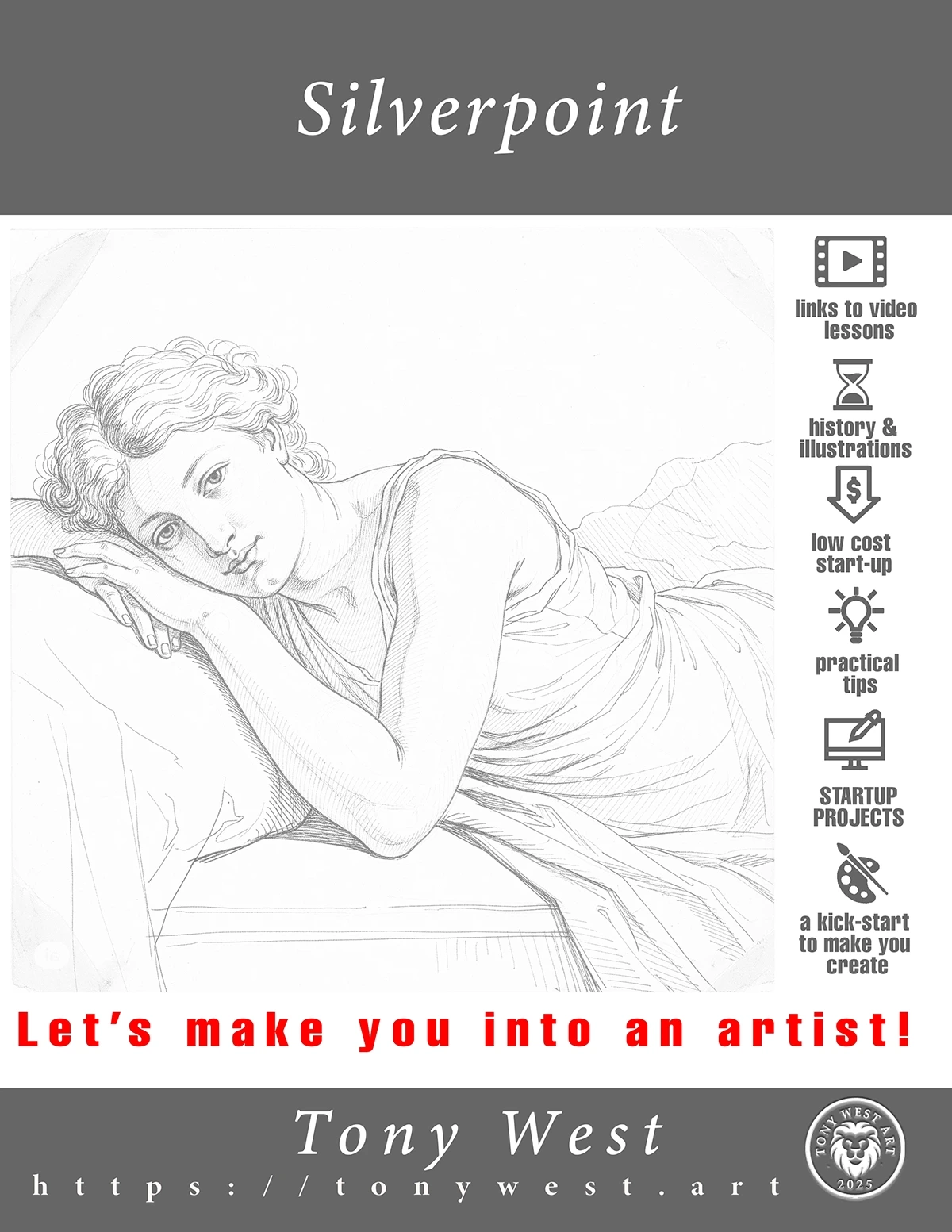
Mastering Silverpoint: A Timeless Art
Discover the delicate beauty of silverpoint, an ancient drawing technique. This book guides you through its history, materials, and methods to create luminous and precise artworks.
- Historical insights and modern applications
- Step-by-step exercises for all skill levels
- Tips for preparing surfaces and handling metals
Price: $32.00
Our Exclusive Art Gallery
The Timeless Elegance of Silverpoint
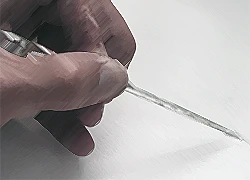
Silverpoint uses a silver stylus
on a specially prepared surface,
leaving a delicate, shimmering line.
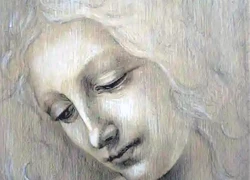
Popular in the Renaissance,
it was used by masters like Leonardo da Vinci
for its precision and subtle tonal range.
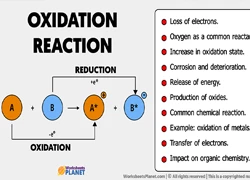
Over time, the silver line oxidizes,
developing a beautiful, warm sepia tone,
adding to its unique charm.
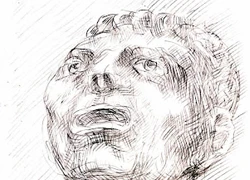
Contemporary artists appreciate silverpoint
for its delicate nature and the controlled,
precise lines it produces.
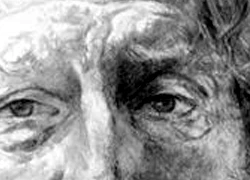
It requires patience and skill, as lines
cannot be easily erased, demanding a
confident and thoughtful approach.
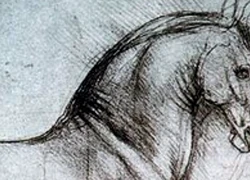
Silverpoint uses a silver stylus on
a specially prepared surface,
leaving a delicate, shimmering line.
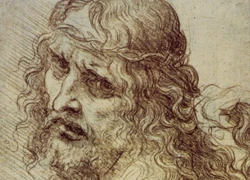
Popular in the Renaissance, it was used by
masters like Leonardo da Vinci for
its precision and subtle tonal range.
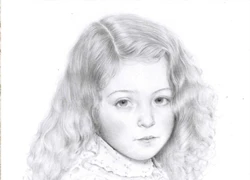
Over time, the silver line oxidizes, developing
a beautiful, warm sepia tone, adding
to its unique charm.

Contemporary artists appreciate silverpoint
for its delicate nature and the controlled
, precise lines it produces.

It requires patience and skill,
as lines cannot be easily erased,
demanding a confident and thoughtful approach.
The Intricate Art of Drypoint & Etching
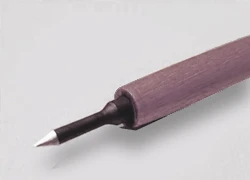
Drypoint involves incising lines with a
sharp tool, creating a burr that yields soft, velvety lines.
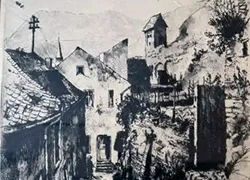
Etching uses acid to bite into a
metal plate, allowing for fine,
consistent lines and intricate details.
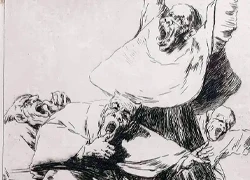
Both are intaglio techniques, famously
used by masters like Rembrandt
and Goya for their expressive qualities.
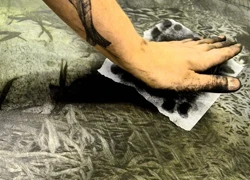
Often combined, drypoint and etching
offer a wide range of tonal and textural
possibilities in printmaking.

These traditional methods remain popular
today for their depth, detail,
and unique tactile appeal.
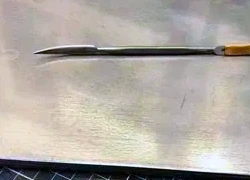
Drypoint involves incising lines with a sharp tool,
creating a burr that yields soft,
velvety lines.
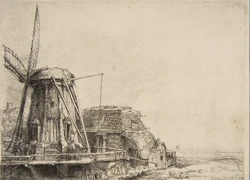
Etching uses acid to bite into a metal plate,
allowing for fine, consistent lines
and intricate details.
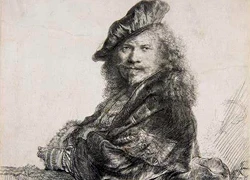
Both are intaglio techniques, famously
used by masters like Rembrandt and Goya
for their expressive qualities.

Often combined, drypoint and etching
offer a wide range of tonal and textural
possibilities in printmaking.
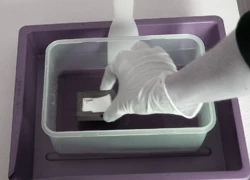
These traditional methods remain popular today
for their depth, detail,
and unique tactile appeal.
The Bold World of Linocut & Woodcut
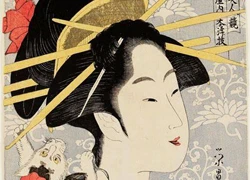
Woodblock printing originated in
ancient China, used for textiles
and later for books and images.
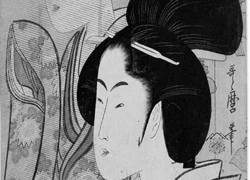
Japanese Ukiyo-e perfected multicolor
woodblock, influencing Western art
with its vibrant scenes.
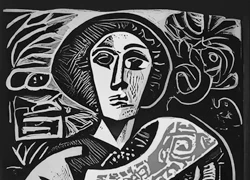
Linocut emerged in the early 20th century,
favored by artists like Picasso
for its ease of carving.
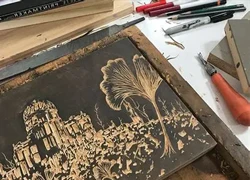
Both are relief printing methods:
areas not carved away hold ink
and transfer the image.
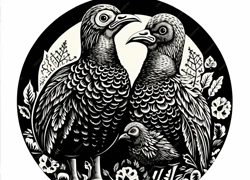
Today, these techniques are celebrated
for their graphic impact and
unique textural qualities.
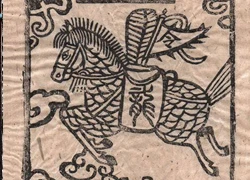
Woodblock printing originated in ancient China,
used for textiles and later
for books and images.
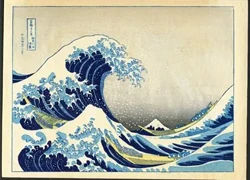
Japanese Ukiyo-e perfected multicolor
woodblock, influencing Western art
with its vibrant scenes.

Linocut emerged in the early 20th century,
favored by artists like Picasso
for its ease of carving.

Both are relief printing methods:
areas not carved away hold
ink and transfer the image.
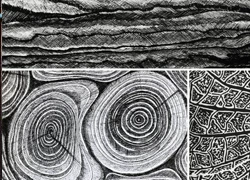
Today, these techniques are celebrated
for their graphic impact
and unique textural qualities.
The Luminous World of Pastel

Pastels are pure pigment in stick form,
offering intense, vibrant colors
and a unique texture.

They gained prominence in the 18th century
for portraiture, favored for
their soft, luminous quality.
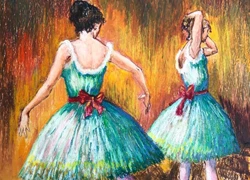
Impressionist artists like Degas
explored pastels for their ability
to capture light and fleeting moments.
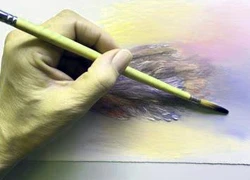
Pastels allow for direct application,
layering, and blending by hand,
creating rich, painterly effects.

Today, pastel is a versatile medium,
used for everything from detailed
realism to abstract expression.
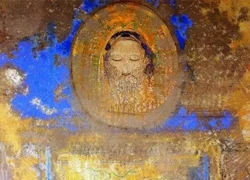
Odilon Redon created dreamlike,
symbolic works with
pastels.
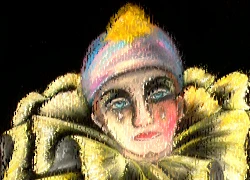
The term "pastel" comes from the
Latin "pasta,"
meaning paste.
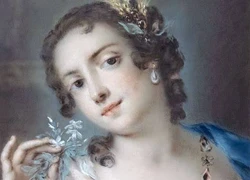
Artists like Rosalba Carriera
pioneered their use
for delicate portraits.
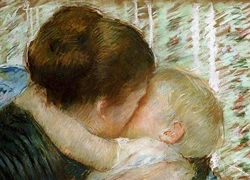
Mary Cassatt employed them to
depict intimate scenes
of women and children.

Degas often used them to capture
the fleeting moments of ballet dancers
and life pictures
The Expressive Power of Charcoal & Conte Crayon

Charcoal, one of the oldest drawing tools,
offers deep blacks and soft,
blendable tones for expressive work.
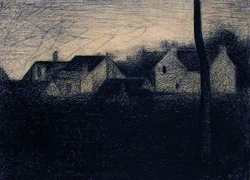
Artists like Georges Seurat often used
Conté crayons for his detailed,
textured studies.

These media have been fundamental to artists
throughout history for sketching,
studies, and finished pieces.
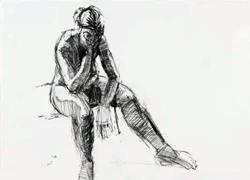
Ideal for capturing form, light,
and shadow, they are favored for
life drawing and expressive portraits.
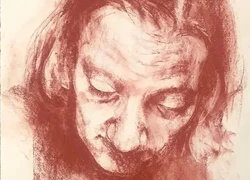
Today, charcoal and conte crayon remain
indispensable for artists seeking
powerful monochrome expressions.
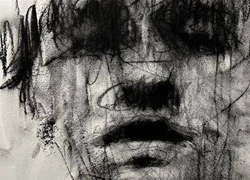
Charcoal, one of the oldest drawing tools,
offers deep blacks and soft,
blendable tones for expressive work.
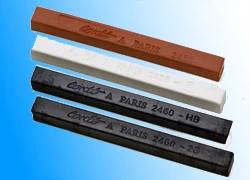
Conte crayons, developed in the late
18th century, provide rich,
earthy colors and a firm, consistent line.

These media have been fundamental to artists
throughout history for sketching,
studies, and finished pieces.

Like this Rembrandt inspiration,
they capture form,
light, and shadow for expressive portraits.
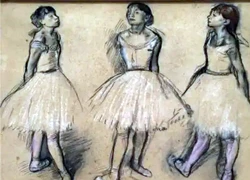
Degas' choice, ideal for
life drawing, capturing
nuance of human form.
The Precision & Fluidity of Pencil & Ink
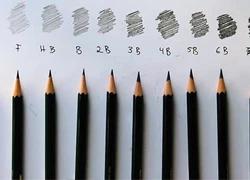
Graphite pencils offer a vast tonal range,
from delicate lines to deep,
rich blacks, ideal for detailed work.
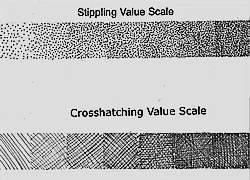
Ink provides strong, permanent lines
and can be used for cross-hatching,
stippling, and expressive strokes.
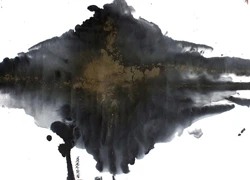
Ink washes, created by diluting ink with
water, allow for subtle gradients
and atmospheric effects, similar to watercolor.

Both pencil and ink are fundamental for
technical drawing, illustration, and fine art,
offering precision and versatility.

Modern artists continue to push the
boundaries of these classic media,
creating innovative and captivating works.
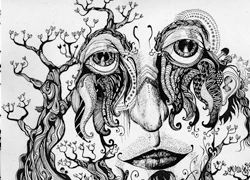
Graphite pencils offer a vast tonal
range, from delicate lines to deep, rich
blacks, ideal for detailed work.
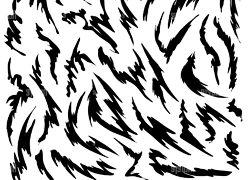
Ink provides strong, permanent lines
and can be used for cross-hatching,
stippling, and expressive strokes.
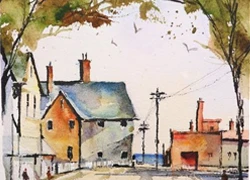
Ink washes, created by diluting ink with
water, allow for subtle gradients and
atmospheric effects, similar to watercolor.
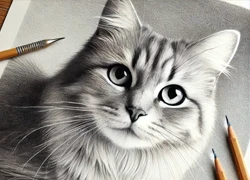
Both pencil and ink are fundamental for technical
drawing, illustration, and fine art,
offering precision and versatility.
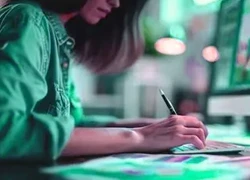
Modern artists continue to push the boundaries of these
classic media, creating innovative
and captivating works.
Get in Touch or Stay Updated
Join Our Newsletter!
Don't miss out on new art pieces, book launches, workshops, and exclusive offers.
About Tony West & His Artistic Journey

Tony West
Multi-Disciplinary Artist & Educator
Hello! I'm Tony West, and I've been passionately immersed in the captivating world of various art forms for over [X] years. My journey began with the intricate lines of drypoint and etching, expanded into the bold expressions of linocut and woodcut, and further explored the luminous qualities of pastel, and the fundamental power of charcoal, conte crayon, and pencil and ink.
Over the years, I've honed my skills through countless hours of experimentation, delving into both traditional methods and innovative contemporary techniques across these diverse mediums. My work often draws inspiration from nature, urban landscapes, and the intricate patterns of everyday life, translating these observations into detailed, expressive pieces.
I believe that art should be accessible and enjoyable for everyone. That's why I'm also dedicated to sharing the joy of these art forms. Below is a video to encourage you to take up simple design and experience the rewarding process for yourself.
Unleash Your Inner Designer!
This video offers a friendly introduction to fundamental design principles, perfect for anyone looking to start their own artistic adventure. You might be surprised at what you can create!